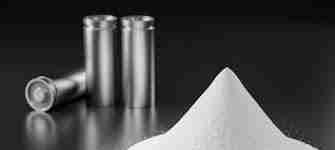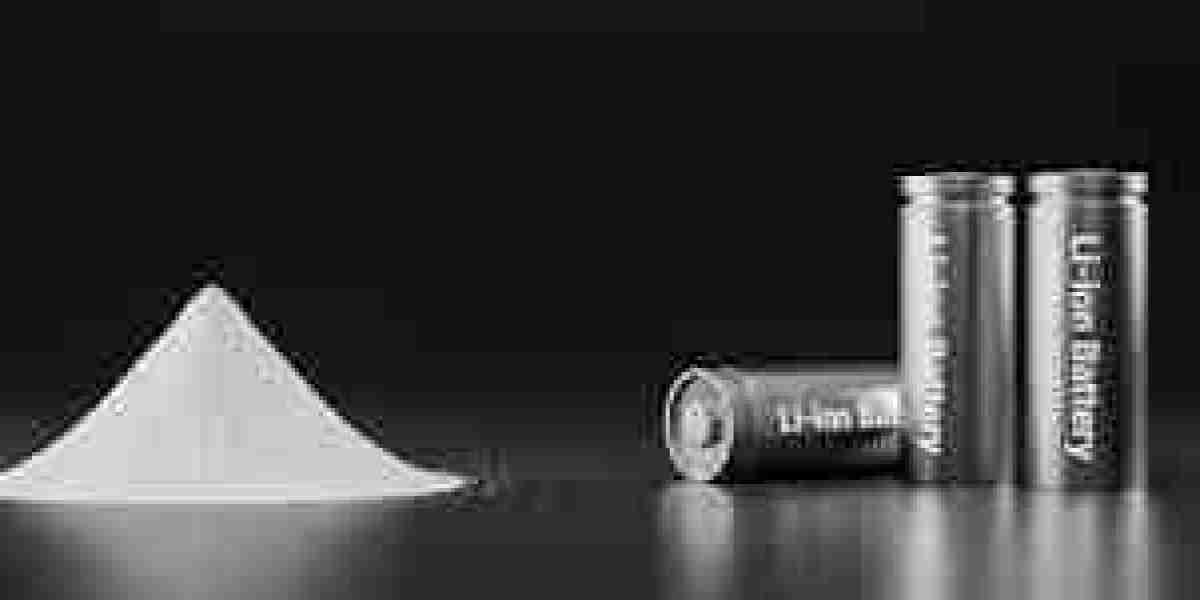As the global push toward electrification accelerates, the LIB anode market is poised for substantial transformation. Serving as a critical component in battery performance, the anode is at the heart of innovations targeting higher energy density, faster charging, longer lifecycle, and environmental sustainability. With growing applications in electric vehicles (EVs), portable electronics, and grid-scale energy storage systems (ESS), the LIB anode segment is evolving rapidly. Future trends in this market will be shaped by breakthroughs in materials, sustainability mandates, regional manufacturing shifts, and strategic collaborations across the value chain.

1. Shift Toward High-Capacity Anode Materials
One of the most significant trends reshaping the LIB anode market is the transition from conventional graphite to high-capacity alternatives. Silicon-based anodes are emerging as a key innovation, capable of storing up to ten times more lithium ions than graphite. Companies are developing silicon-graphite composites and nano-engineered silicon structures to overcome challenges such as volumetric expansion and stability issues.
Looking ahead, these silicon-enhanced solutions are expected to become mainstream in high-performance applications like EVs, where extended range and fast charging are priorities. Additionally, lithium metal anodes—once considered experimental—are progressing due to their potential in next-generation solid-state batteries, offering dramatic improvements in energy density.
2. Expansion of Solid-State Battery Technologies
Solid-state batteries are expected to redefine anode technology. In these systems, the liquid electrolyte is replaced with a solid-state alternative, enabling the use of lithium metal anodes safely and efficiently. This configuration promises lighter, more compact batteries with higher energy capacity and reduced risk of thermal runaway.
While widespread commercialization may still be a few years away, several leading companies and startups are investing in R&D and pilot production. The success of solid-state battery integration will be a major driver of future anode market trends, particularly influencing material choice, safety standards, and performance expectations.
3. Emphasis on Sustainable and Low-Carbon Manufacturing
Sustainability is becoming a cornerstone of LIB anode production. As governments and industries commit to net-zero targets, manufacturers are under increasing pressure to reduce the environmental footprint of battery materials. The production of synthetic graphite, for instance, is energy-intensive and often associated with significant CO₂ emissions.
Future trends include the adoption of renewable energy in manufacturing, recycling of graphite from used batteries, and the development of bio-derived or green alternatives. Companies that align with environmental, social, and governance (ESG) principles will likely gain competitive advantages and long-term investment support.
4. Growth in Localized and Diversified Supply Chains
The future of the LIB anode market will also be influenced by the need to diversify and localize supply chains. Currently, a majority of the world’s anode materials are processed in Asia, especially China. To reduce dependency and improve supply resilience, North America and Europe are investing heavily in regional battery material production.
This includes building domestic graphite processing plants, silicon refineries, and integrated battery manufacturing hubs. Regionalization is expected to reduce transportation costs, enhance sustainability, and increase geopolitical stability in battery supply chains.
5. Digitalization and Advanced Manufacturing Technologies
Industry 4.0 technologies are expected to revolutionize the manufacturing of LIB anodes. Artificial intelligence (AI), machine learning (ML), and digital twins are increasingly being used to optimize material formulations, streamline production lines, and improve quality control. Automation and robotics are also being deployed to scale production efficiently while maintaining precision.
These digital tools enable rapid prototyping and faster iteration cycles for new materials, which can significantly shorten the time-to-market for advanced anode products. In the future, smart manufacturing will be critical for maintaining competitiveness in an innovation-driven market.
6. Increased Investment in Research and Development
Future trends in the LIB anode market will be heavily influenced by continued R&D investment. Startups, research institutes, and established battery giants are pouring resources into developing high-performance, cost-effective, and environmentally friendly anode materials. Government support through grants, tax incentives, and infrastructure funding is also playing a critical role in accelerating innovation.
Collaborations between academia and industry are expected to yield breakthroughs that overcome current material limitations, such as silicon’s expansion during cycling or graphite’s capacity ceiling. As R&D ecosystems mature, commercialization timelines will shorten, enabling faster adoption of advanced anode technologies.
7. Integration with Battery Recycling Ecosystems
Recycling is anticipated to be a major future trend in the LIB anode market. As battery use proliferates, managing end-of-life systems will be critical for sustainable growth. The development of advanced recycling technologies that can recover high-purity anode materials, particularly graphite and silicon, will become increasingly important.
Companies are beginning to build closed-loop systems that extract, refine, and reuse materials from spent batteries. These systems not only reduce reliance on virgin materials but also help stabilize raw material prices and reduce environmental impact. In the long term, recycling will complement primary production and support circular economy goals.
Conclusion
The future of the LIB anode market is being shaped by rapid technological advancements, sustainability imperatives, and strategic shifts in supply chains. High-capacity materials like silicon and lithium metal are pushing performance boundaries, while solid-state batteries promise to transform the competitive landscape. At the same time, sustainability, digital manufacturing, and recycling are emerging as critical enablers of long-term growth.
As demand for LIBs continues to rise across EVs, grid storage, and electronics, the anode segment must keep pace through innovation, investment, and collaboration. Companies that anticipate and align with these future trends will be best positioned to thrive in this fast-evolving market.



